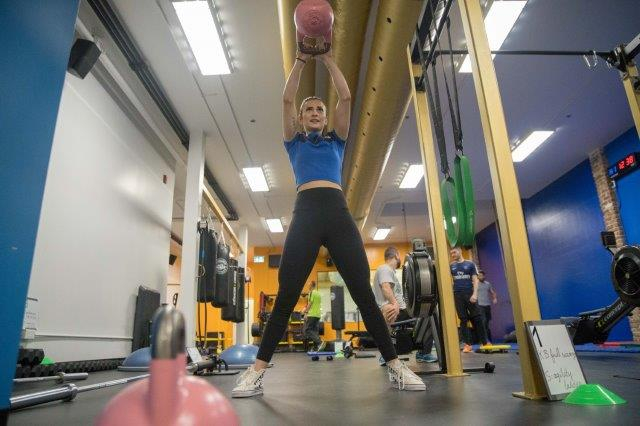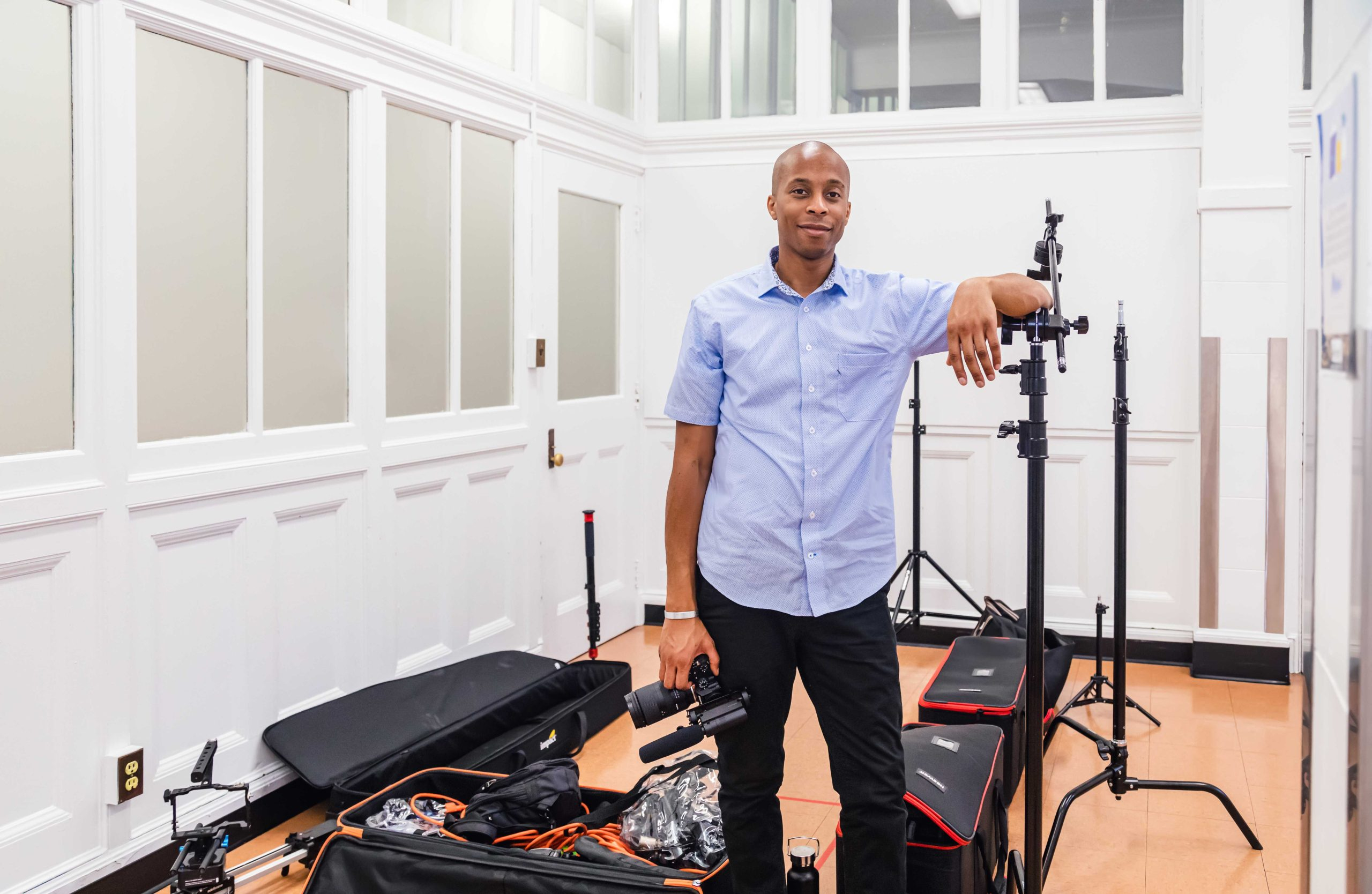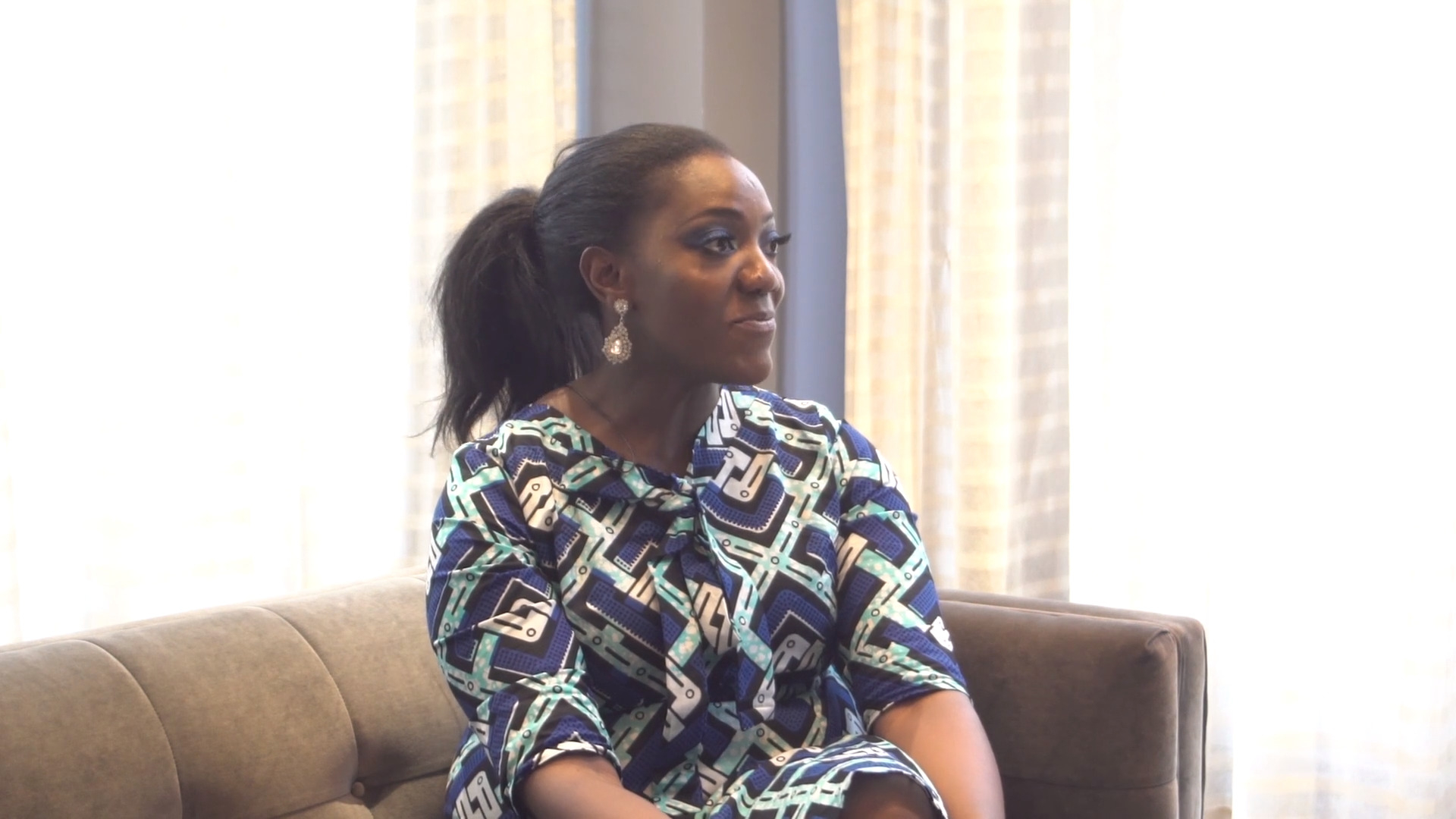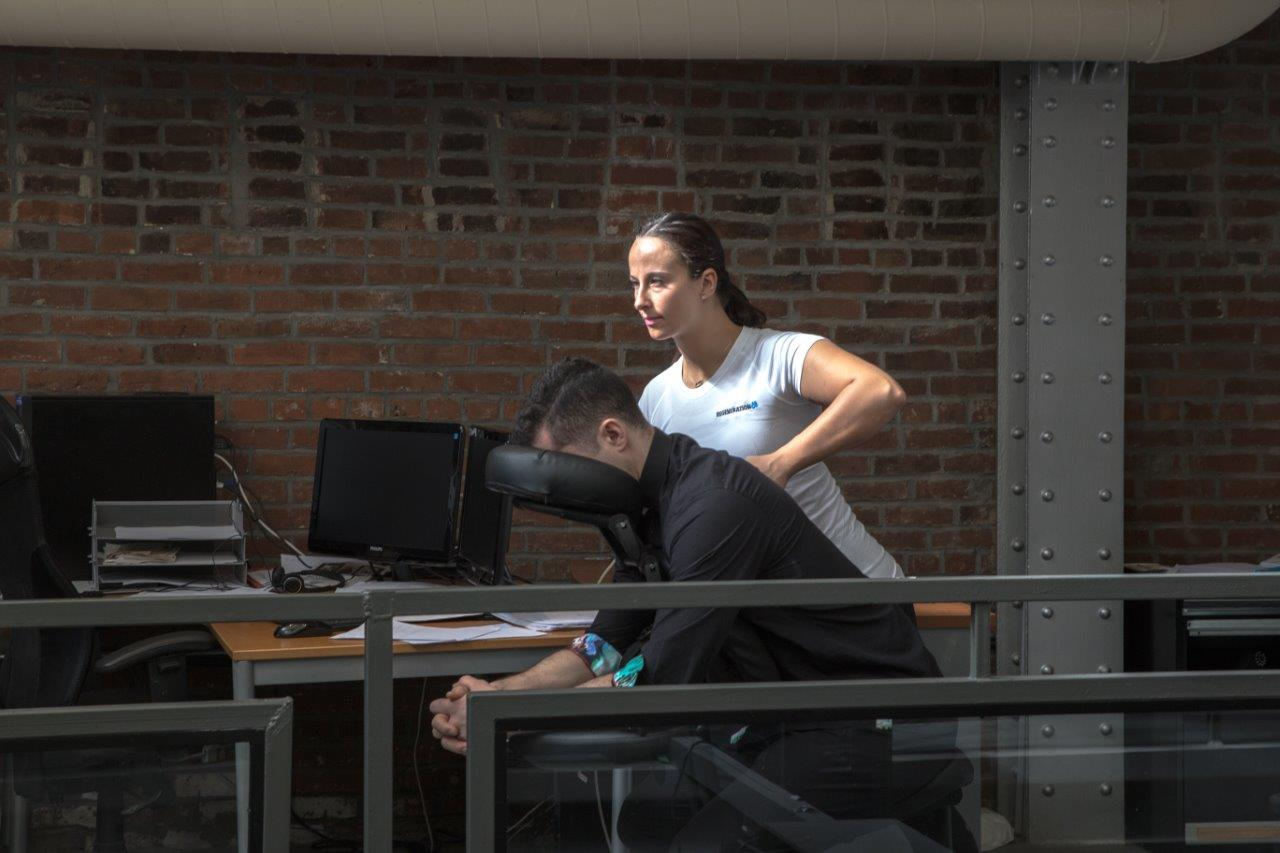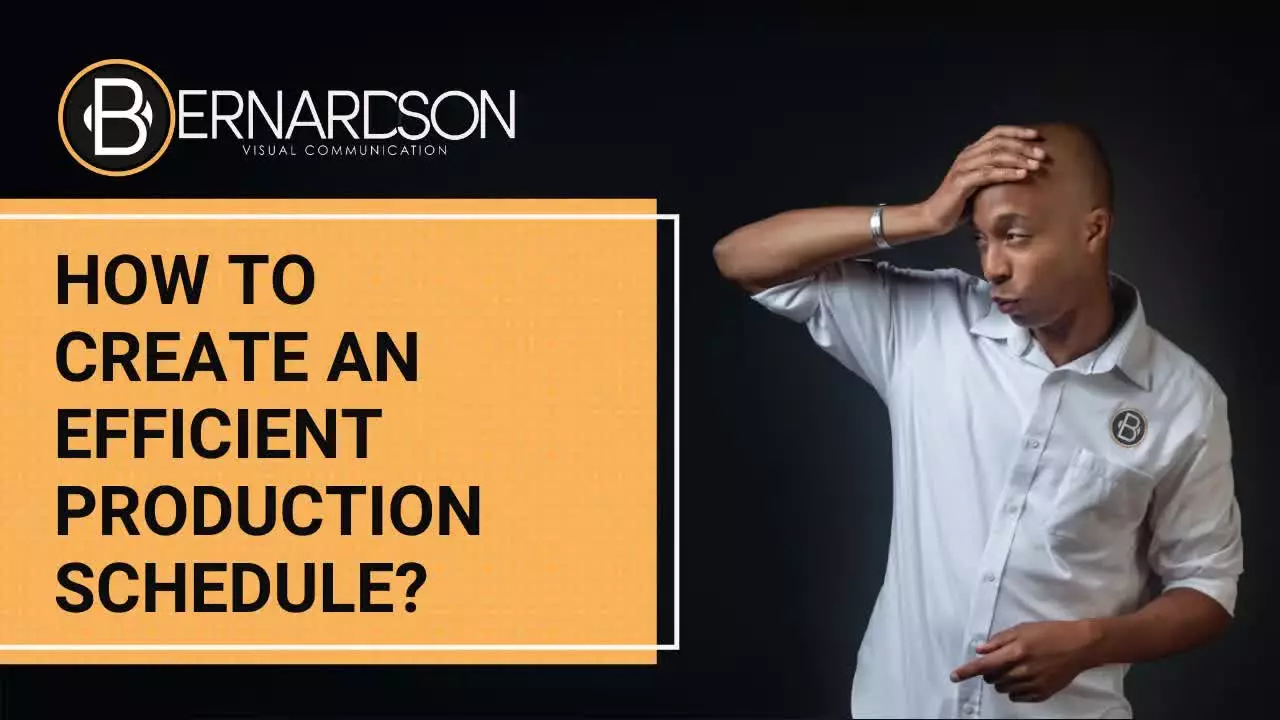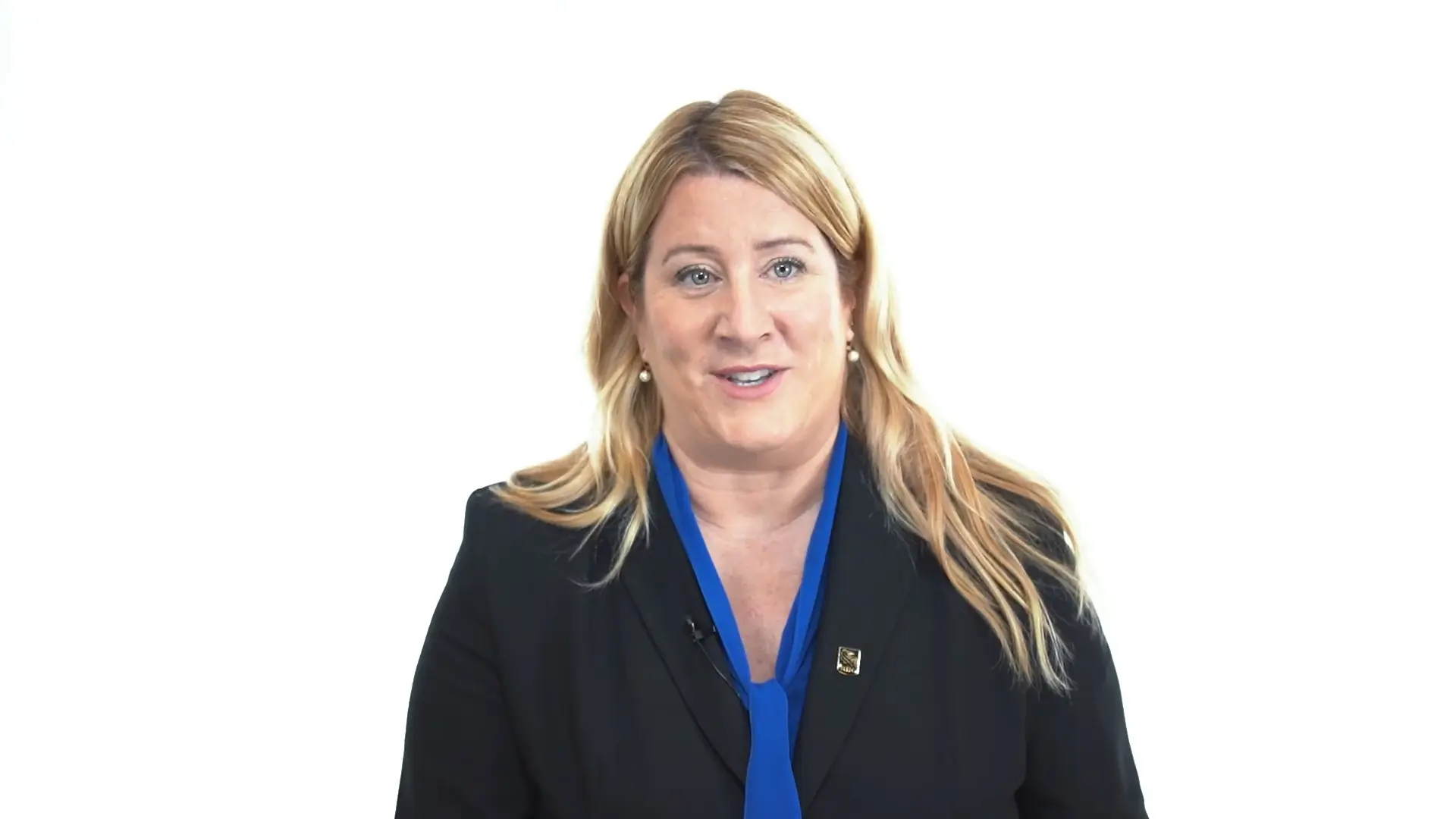


All ()
Behind the Scenes ()
Behind the Scenes ()
Corporate Team ()
Corporate Video ()
Event ()
Event Video ()
Film and Documentary ()
Food and drink ()
Lifestyle ()
Other Production ()
Photography ()
Product ()
Product Video ()
Promotional Video ()
Restaurant and hospitality ()
social media ()
Social Media Video ()
TV shows ()
Let’s become the solution your brand needs.
Pre-Production
- Define the purpose of the video: Before you start planning your video, it’s important to understand what the purpose of the video is. This will help you determine the tone, style, and content of the video.
- Develop a script: Once you know the purpose of the video, you can start developing a script. This should outline the key points you want to convey, as well as the structure and flow of the video.
- Create a storyboard: A storyboard is a visual representation of the video, showing each shot and scene in detail. It’s a helpful tool for planning the visuals and determining the shots you’ll need to capture during the shoot.
- Choose locations and cast talent: Once you have a script and storyboard, you’ll need to decide where the video will be shot and who will be in it. This may involve scouting locations and holding auditions to find the right talent.
- Assemble a crew: A video production typically involves a team of professionals, including a director, producer, camera operator, sound technician, and lighting technician. You’ll need to assemble a crew that has the skills and expertise to bring your vision to life.
- Gather equipment and supplies: You’ll need to make sure you have all the necessary equipment and supplies for the shoot, including cameras, lighting, sound equipment, props, and costumes.
- Rehearse and plan for the shoot: Before you start shooting, it’s a good idea to rehearse and plan out the details of the shoot. This may involve blocking out shots, rehearsing with the talent, and creating a shot list.
By following these steps, you can ensure that your video production goes smoothly and that you end up with a high-quality, professional video.
Pre-Production
- Define the purpose of the video: Before you start planning your video, it’s important to understand what the purpose of the video is. This will help you determine the tone, style, and content of the video.
- Develop a script: Once you know the purpose of the video, you can start developing a script. This should outline the key points you want to convey, as well as the structure and flow of the video.
- Create a storyboard: A storyboard is a visual representation of the video, showing each shot and scene in detail. It’s a helpful tool for planning the visuals and determining the shots you’ll need to capture during the shoot.
- Choose locations and cast talent: Once you have a script and storyboard, you’ll need to decide where the video will be shot and who will be in it. This may involve scouting locations and holding auditions to find the right talent.
- Assemble a crew: A video production typically involves a team of professionals, including a director, producer, camera operator, sound technician, and lighting technician. You’ll need to assemble a crew that has the skills and expertise to bring your vision to life.
- Gather equipment and supplies: You’ll need to make sure you have all the necessary equipment and supplies for the shoot, including cameras, lighting, sound equipment, props, and costumes.
- Rehearse and plan for the shoot: Before you start shooting, it’s a good idea to rehearse and plan out the details of the shoot. This may involve blocking out shots, rehearsing with the talent, and creating a shot list.
By following these steps, you can ensure that your video production goes smoothly and that you end up with a high-quality, professional video.
Production
- Set up the shooting location: This involves setting up the camera, lighting, and sound equipment, as well as any props or sets that are needed.
- Rehearse the shots: Once everything is set up, the director will typically run through the shots with the talent to make sure they understand their cues and know where to stand or move.
- Shoot the footage: With everything rehearsed and ready to go, the camera operator will start shooting the footage. The director will give directions and make any necessary adjustments to ensure that the shots are being captured as planned.
- Record sound: In addition to capturing the visual footage, the sound technician will be responsible for recording high-quality audio. This may involve using a boom mic or placing wireless microphones on the talent.
- Take breaks: Shooting a video can be physically and mentally exhausting, so it’s important to take breaks as needed to rest and recharge.
- Review and adjust: As the day progresses, the director will review the footage and make any necessary adjustments to ensure that everything is on track. This may involve reshooting certain shots or making changes to the lighting or sound.
- Wrap for the day: When the day’s shooting is complete, the crew will dismantle the equipment and clean up the location. The director will review the footage and make any necessary notes for the next day’s shoot.
By following these steps, you can ensure that the day of production goes smoothly and that you capture all the footage you need for the final video.
Post-Production
- Importing and organizing the footage: The first step in post-production is to import the raw footage into the editing software and organize it into a logical sequence. This may involve sorting the footage by scene, shot type, or other criteria.
- Editing the footage: Once the footage is organized, the editor can begin cutting and splicing it together to create the desired flow and pacing. This may involve removing unnecessary shots, trimming down long shots, and rearranging the sequence of the shots.
- Adding special effects: Special effects can be added to the video to enhance the visual elements or create new ones. This may include adding animation, compositing (combining multiple shots into a single image), or altering the appearance of objects or people in the video.
- Adding sound and music: Sound and music can be added to the video to enhance the audio elements and create a more immersive experience. This may include adding dialogue, sound effects, or background music.
- Adjusting the colors: The colors in the video can be adjusted to create a desired mood or aesthetic. This process is known as color grading and may involve adjusting the overall color balance, adding color grading effects, or creating a specific color palette for the video.
- Exporting the final video: Once the video is complete, it can be exported in a desired format for sharing with others. This may involve rendering the video in a specific resolution or file type, such as MP4 or AVI.
Video Distribution
Here is a more detailed explanation of the video distribution process:
- Determine the target audience: The first step in distributing a video is to identify the target audience, or the group of people that the video is intended for. This may be a specific age group, geographic location, or interest group.
- Choose a distribution platform: There are many platforms available for distributing a video, including social media sites, video sharing websites, streaming platforms, and traditional broadcast channels. The choice of platform will depend on the target audience and the type of video being distributed.
- Upload the video: Once a distribution platform has been chosen, the video can be uploaded to the platform. This may involve creating an account and following the platform’s guidelines for uploading and formatting the video.
- Promote the video: To ensure that the video reaches the intended audience, it may be necessary to promote the video through marketing and advertising efforts. This may involve creating a social media campaign, using paid advertising, or reaching out to influencers or media outlets to promote the video.
- Track and analyze the video’s performance: Once the video has been distributed, it is important to track and analyze its performance. This may involve measuring metrics such as views, likes, comments, and shares to understand how the video is resonating with the target audience.
We make Commercials and Television Shows
Let’s develop a solution that fits your creative needs
Interesting articles
Filter Categories
Filter - All
Branding
Business
FAQ
Journey
Q&A
Sort By Date
















